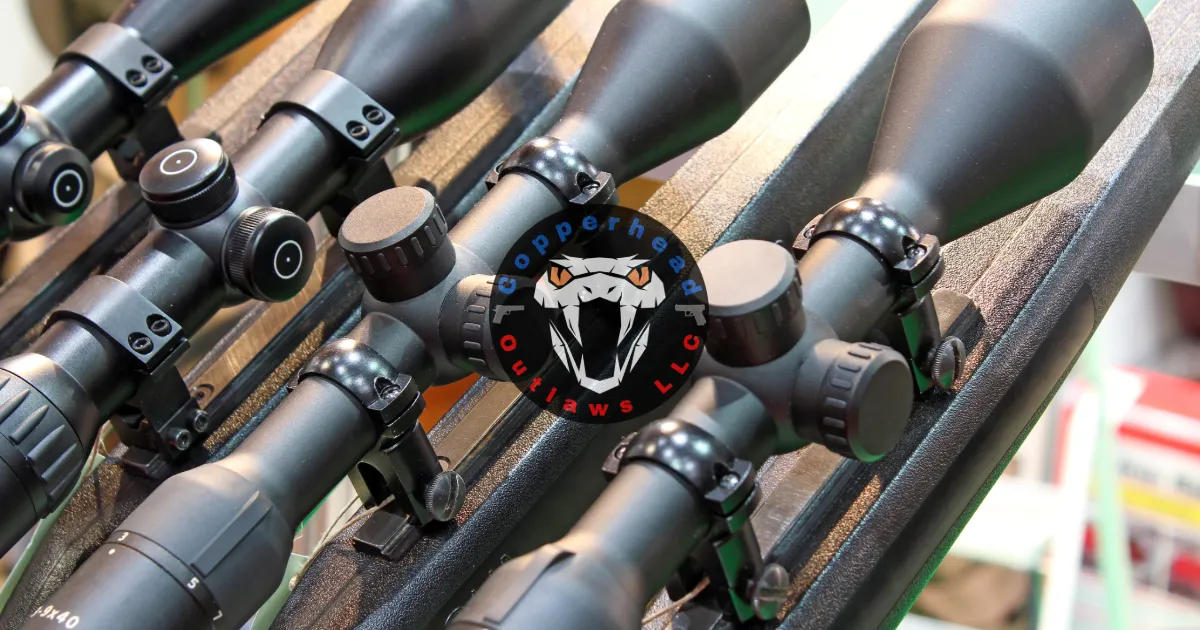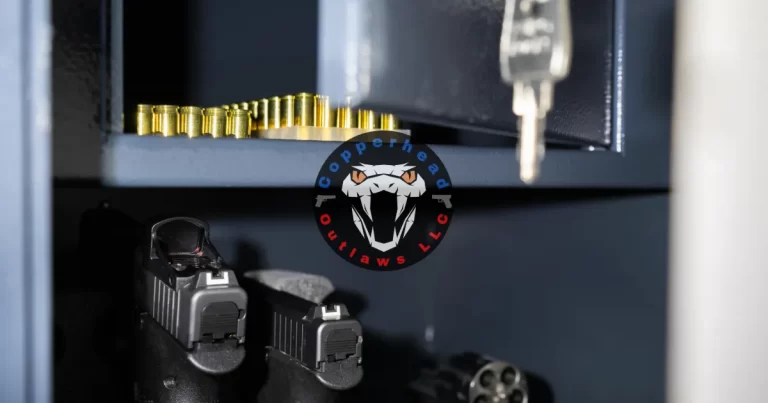Understanding Rifle Scopes: A Beginner’s Guide
Whether you’re new to shooting or just getting into optics, understanding rifle scopes is a key part of improving your accuracy and confidence behind the trigger. In this post, we’ll walk through the basics of how scopes work, common parts, and what the numbers mean so you can make informed decisions at the range or in the field.
What Is a Rifle Scope?
A rifle scope is a device that helps you aim more precisely by giving you a magnified view of your target. It’s mounted on top of your firearm and can be simple or high-tech. Some scopes only magnify slightly, while others help you hit targets hundreds of yards away.
Rifle scopes became useful after the invention of rifling, which allowed bullets to fly straighter and farther. Shooters needed a way to see those distant targets better, and that’s where scopes came in. Early scopes were basically small telescopes clamped to rifles. Today’s scopes are more advanced, reliable, and much easier to use.
Key Parts of a Rifle Scope
To better understand rifle scopes, you need to learn the parts that make them work. Here are the most common ones.
Eyepiece
The eyepiece is the part closest to your face. It’s the lens you look through. Most eyepieces have a focus ring so you can adjust the view to match your eyesight. Some also have rubber or padded edges to keep you from getting hurt if the rifle recoils.
Adjustment Turrets
These are the knobs or screws on the sides or top of your scope. They help you move your reticle (crosshairs) up, down, left, or right to match where your shots are landing. These changes are called windage (left and right) and elevation (up and down). Some scopes also have turrets for adjusting focus or brightness.
Objective Lens
The objective lens is the larger lens at the front of the scope. Its job is to bring in as much light as possible to help you see clearly. Bigger lenses bring in more light, which is helpful in low-light conditions like dawn or dusk.
Reticle (Crosshairs)
This is what you see inside the scope to help you aim. It can be a simple “plus sign” or more complex lines and dots for different shooting styles. Older scopes used real animal hairs as crosshairs. Today, reticles are often etched directly into the glass, making them stronger and easier to use.
Lens Coating
Scopes often have special coatings on the lenses. These coatings reduce glare and protect the lens from scratches. High-quality coatings also help light pass through the glass better, making your view brighter and sharper.
Eye Relief
Eye relief is the distance between your eye and the scope where the image stays clear. Most rifle scopes have eye relief between 3 and 6 inches. Scopes with longer eye relief are helpful for high-recoil firearms or handguns.
Always ensure your scope is mounted properly and that your shooting stance keeps your face far enough back from the eyepiece. This is especially important with rifles that produce strong recoil. Even experienced shooters can get “scope bite” if they’re not careful.
Field of View
Field of view is how wide an area you can see through your scope. At 100 yards, a scope might show a field of view of 10 feet. The more you zoom in, the smaller your field of view becomes. Some scopes are made to show a wider view, which helps you track moving targets.
Parallax
Parallax happens when the image and the reticle are not in the same place in the scope. This can make it harder to hit your target. Some scopes have parallax adjustment knobs to fix this problem. Others adjust automatically. If your scope has this feature, it’s usually marked by distance so you can dial in a clearer image.
What the Scope Numbers Mean
Rifle scopes are usually described by a set of numbers like 3-9×40 or 4×32. These numbers tell you two things:
The first part (3-9x) is the magnification. A 3-9x scope means you can zoom from 3 times up to 9 times closer.
The second part (40 or 32) is the diameter of the objective lens in millimeters. A bigger number means a bigger lens and more light-gathering ability.
A fixed power scope has only one number, like 4×32. It cannot zoom in or out, but it’s often simpler and more affordable.
Why Understanding Rifle Scopes Matters
Choosing a rifle scope isn’t just about cost or looks. It’s about matching the right tool to the right job. Whether you’re hunting, shooting targets, or preparing for defense, your scope should fit your firearm and your purpose.
Before buying, take the time to understand how scopes work. Knowing how to adjust them and what the terms mean will help you make better shots and avoid common mistakes.
Final Thoughts
Understanding rifle scopes helps shooters at every level. From basic parts to how magnification works, a little knowledge goes a long way. As with all firearm equipment, rifle scopes are tools that support responsible shooting. Whether you’re hunting, training, or just improving your skills, always follow local laws and safe handling practices.




